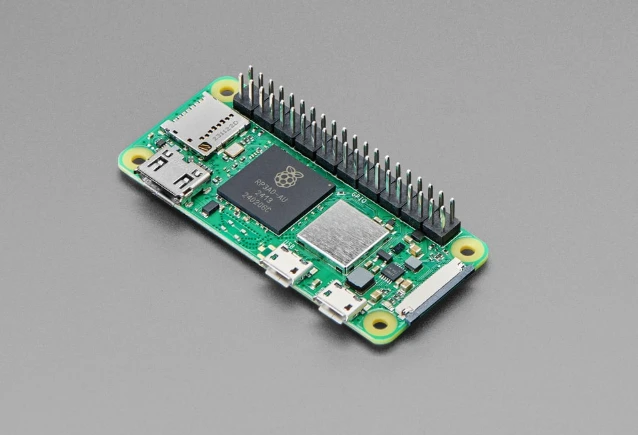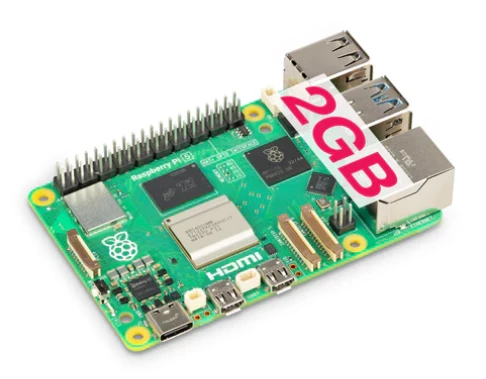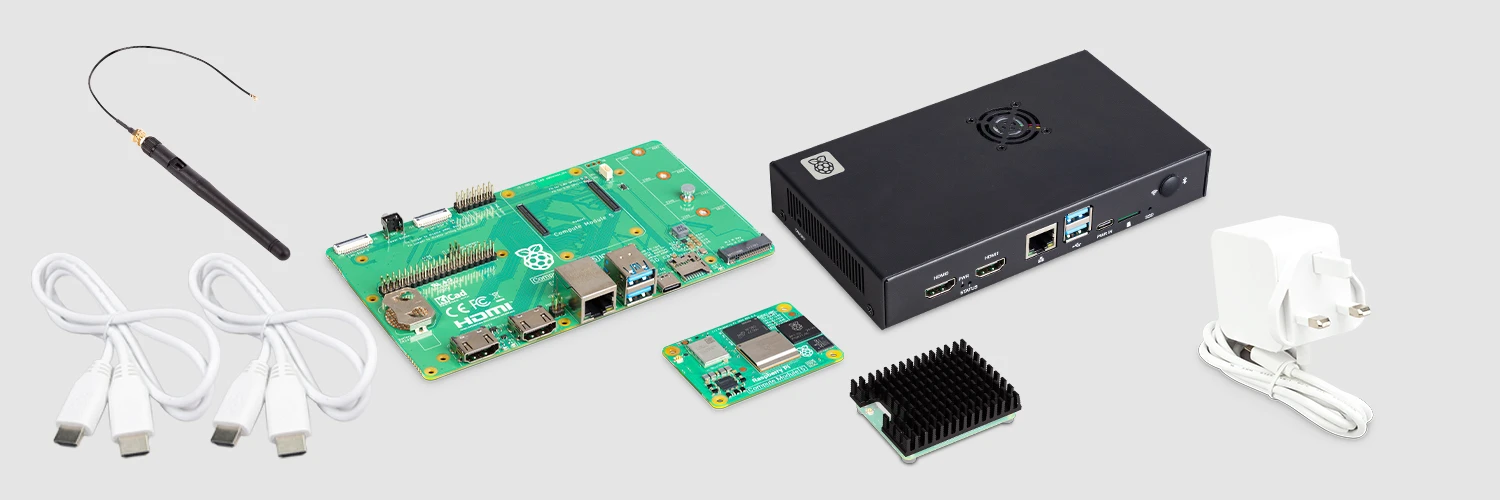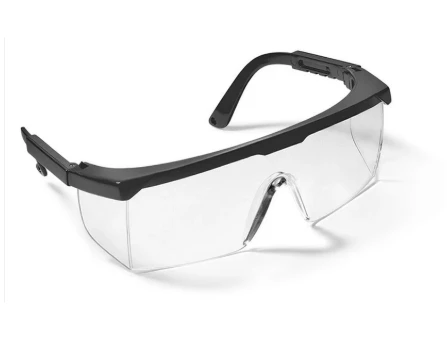
This is an easy, simple to use
Passive IR (PIR) sensor – it only needs a single I/O pin on a microcontroller or can be easily interfaced
with relay or output transistor to control various loads eg: lamps, motors etc
Working voltage: 4.5V to 20V
Output: High: 3.3V, Low: 0V
Detection angle: Approximately 120 degrees
Range: Adjustable, up to 7m
Trigger modes: L unrepeatable trigger / H repeatable trigger (default)
Dwell time: (Stay-ON time) adjustable between 5-300 Seconds. –
– it can be further increased by increasing the value of the CY1-Timing
capacitor on pin 4 of the IC
Operating Temperature: -20 – +80 Degrees C.
PCB Dimensions: 33x25mm, 14mm High not including the Lens;
Lens: 11mm high, 23mmDiameter.
Weight: 6g
The heart of common motion detectors
is a pyroelectric sensor, which is essentially a FET transistor with a window.
It can detect changes in the level of IR light with a wavelength corresponding
to body heat.
This sensor is then placed behind a multifaceted lens (a Fresnel lens) that
“chops up” the view of the world into smaller cones of heightened visibility
and intervening areas of lessened visibility thus widening the useful viewing
/detection angle dramatically.
The module is
practically analogous to the Parallax sensor and if necessary – more data can
be found at their web site for full
documentation. .Trigger Modes: With the jumper in the L
position, the module triggers the output upon detecting motion and then goes
low again. With the jumper in the H position (default), the module will keep
the output high as long as motion continues. The datasheet indicates that the
module needs a “warmup” period of about a minute, during which time it’s
adapting to ambient conditions and may trigger randomly
The sensor
module can be further enhanced by an addition of a thermal resistor and a
light-sensing resistor. The most potentially useful out of these two is the
Light-sensing resistor or LDR.
LDR is a common Light-Dependent Resistor which has low resistance under strong
ambient light. This causes the detector to be operational only when the
detection area is sufficiently dark. Which is useful for operating lights only
during the dark hours, since the module will stay inactive during daylight
hours.
No review given yet!
 Fast Delivery all across the country
Fast Delivery all across the country
 Safe Payment
Safe Payment
 7 Days Return Policy
7 Days Return Policy
 100% Authentic Products
100% Authentic Products




